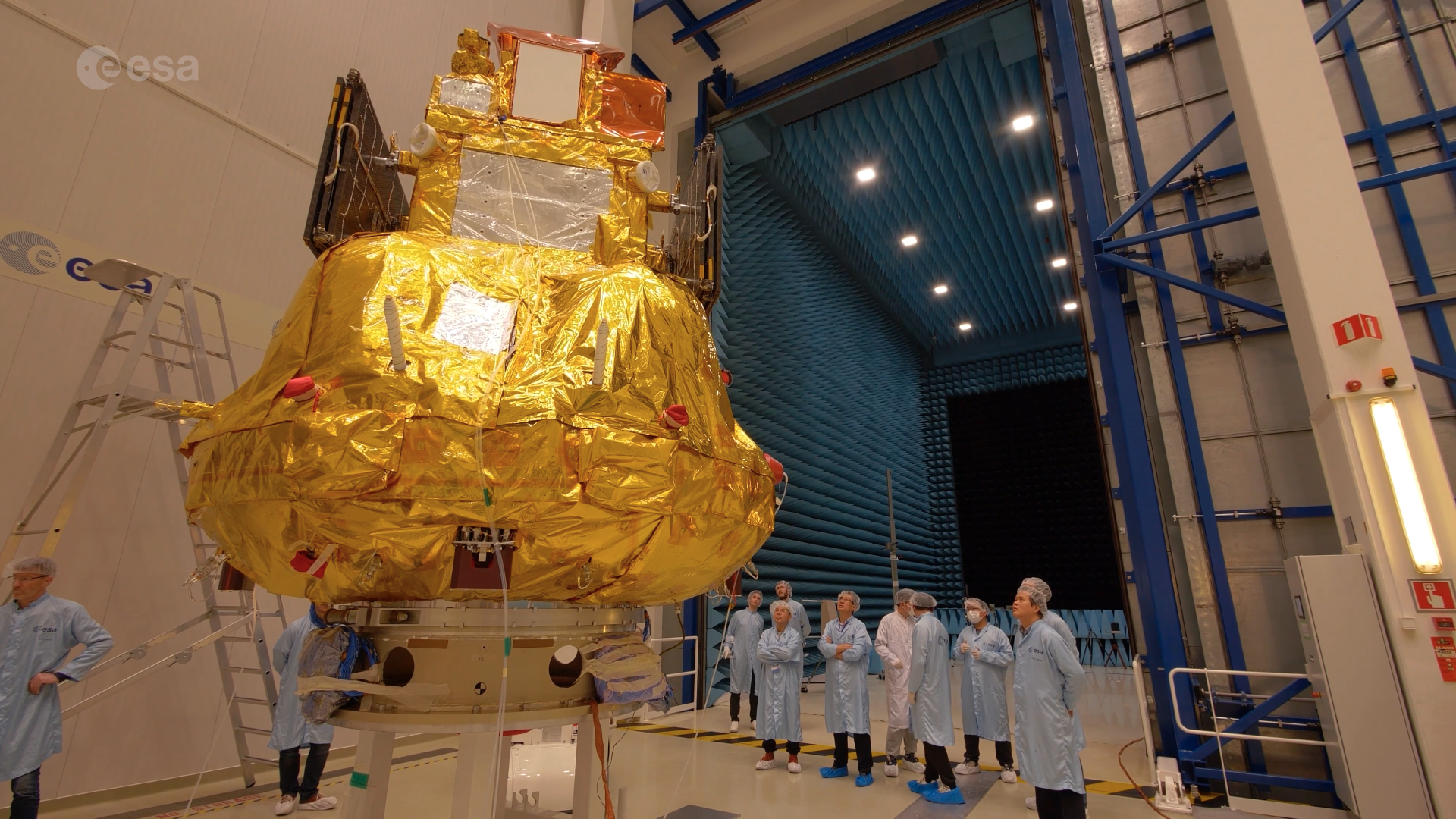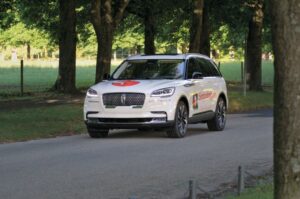Key Takeaways
- Smile mission will study Earth’s interaction with solar wind and storms.
- The spacecraft has completed rigorous environment testing in preparation for a 2026 launch.
- Smile is a collaborative effort between the European Space Agency and the Chinese Academy of Sciences.
Smile Mission Advances Toward 2026 Launch
The Smile mission, an innovative project aimed at studying how Earth reacts to solar wind and solar storms, is making significant progress. Spearheaded by the European Space Agency (ESA) in collaboration with the Chinese Academy of Sciences (CAS), Smile is set to revolutionize our understanding of space weather.
Over the past four months, engineers at ESA’s technical headquarters in the Netherlands have been engaged in vigorous testing to ensure the spacecraft’s readiness. This phase, known as ‘spacecraft environment testing,’ is vital for preparing Smile for the challenges it will encounter during its launch and throughout its mission in space. Engineers subjected the spacecraft to various simulated conditions, including the intense vibrations of a rocket launch, the extreme vacuum of space, and a wide range of temperatures expected in orbit around Earth.
With these tests now completed, the Smile mission is one step closer to its scheduled launch aboard a European Vega-C rocket in 2026. The testing phase’s completion marks a significant milestone, providing engineers and scientists with confidence in Smile’s capability to withstand the harsh conditions of space and effectively conduct its research goals.
A video is available that highlights the testing process and features interviews with key personnel involved in the mission, including David Agnolon (ESA Smile Project Manager), Chris Runciman (ESA Smile System Engineer), Laura Malena Lottes (ESA Smile Mechanical Engineer), and several others from both ESA and CAS. These experts share insights into the mission’s objectives, challenges faced during development, and the importance of understanding solar phenomena for Earth’s protection and scientific advancement.
Smile, which stands for Solar wind Magnetosphere Ionosphere Link Explorer, represents a significant synergy between Europe and China in space exploration. As the collaboration unfolds, updates and information on the mission can be followed via ESA’s dedicated Smile webpage.
As preparations continue, the focus remains on ensuring that all systems are ready for the Smile mission’s ambitious goals to improve knowledge of solar wind and its impact on our planet. The outcomes of this mission hold the potential to enhance forecasting of space weather, which may have profound implications for technology and infrastructure on Earth.
For those interested in following the developments of this mission, additional episodes showcasing the journey of Smile are available, including introductions to the mission and reports on various technical milestones achieved.
In summary, the Smile mission is providing a promising prospect in understanding the dynamic relationship between Earth and its solar environment, positioning itself as an essential step forward in space exploration and research.
The content above is a summary. For more details, see the source article.















